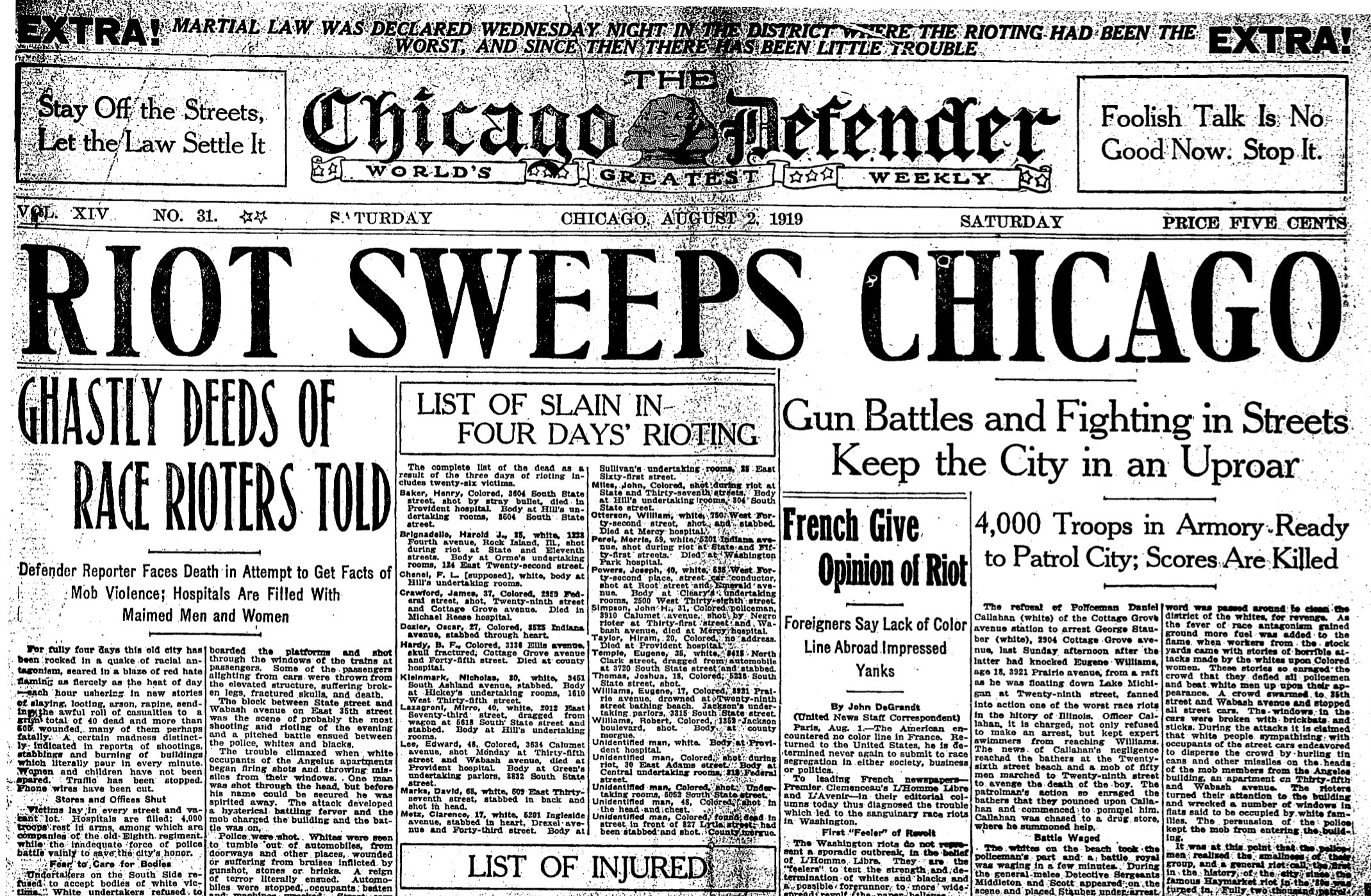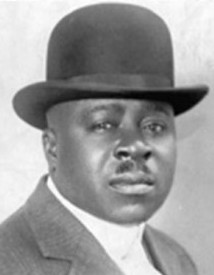
By Jim O’Neal
He certainly wasn’t crippled, but whenever Robert S. Abbott walked along Chicago’s poorest streets or shopped at chic, expensive European stores, a gold-headed cane was prominently in his hand. On sunny afternoons, the publisher rode in his Duesenberg convertible; other days, a Rolls Royce limousine. He appeared on every 1920s A list, but avoided the social circuit. Vintage Jazz Era excess? Perhaps. Gatsby-esque? Hardly.

Abbott (1870-1940) was the son of former slaves, an African-American who excelled at extravagance with his own personal agenda. He had started as a lawyer, but became America’s first black millionaire newspaper publisher. The newspaper that he literally created by hand – The Chicago Defender – brought personal wealth and prestige, but Abbott’s knack for flair had appeared in The Defender’s pages before he amassed his fortune.
From his landlady’s kitchen, Abbott wrote, designed and distributed The Defender’s first issue in 1905. He proudly labeled it “a fearless, honest champion of the people” and boldly set out to report the news blacks in Chicago witnessed every day, but never saw in print. No other publication described the African-American condition during the early 1900s with such precision and scope. The lynchings and oppression overlooked by all the other dailies were regular Defender features. It became a local success, but Abbott had much bolder ambitions.
He extended The Defender’s reach into the deep South, where 90 percent of America’s black population lived, by astutely striking distribution deals with sleeping-car porters, entertainers and other blacks traveling the country who could help sell his paper nationally. The Southern establishment tried (in vain) to keep the paper out; some cities even passed laws making it illegal to read black newspapers. Abbott simply instructed sleeping-car porters to toss their Defender bundles in the countryside instead of placing them inside city limit train stops.
The Defender would not be kept out of the South and Robert Abbott would ensure it!
By the late 1910s, circulation exceeded 50,000 and during World War I, The Chicago Defender sowed the seeds for the Great Migration of Southern blacks to the North by imploring them to better their lives. Abbott urged them to take advantage of what seemed like unlimited opportunities. In the North, blacks could vote and send their children to better schools while working for higher wages. Abbott emphasized these benefits as early as 1916 by placing headlines like “Farewell, Dixie Land” and “Millions to Leave South” atop The Defender’s front page. One-way train schedules, do’s and don’ts for migrants, and want-ads appeared in each weekly issue.
“The Defender let blacks know they didn’t have to be satisfied living in the South. There was a place they could move to and live their lives to the fullest,” wrote historian Christopher Reed.
By 1940, over 1.5 million blacks had moved North. The Defender’s circulation broke 250,000, but its true readership was estimated to be at least five times that. “With the exception of the Bible, no publication was more influential among the black population,” biographer Roi Ottley said of The Defender. “Abbott did everything to aid and abet the migration. He argued, pleaded, shamed and exhorted Negroes to abandon the South.”
Note: The Defender did not use the words “negro” or “black.” African-Americans were referred to as “The Race.” And Robert S. Abbott was adamant that for America to be successful, “American race prejudice must be destroyed.”
Amen.
 Intelligent Collector blogger JIM O’NEAL is an avid collector and history buff. He is president and CEO of Frito-Lay International [retired] and earlier served as chair and CEO of PepsiCo Restaurants International [KFC Pizza Hut and Taco Bell].
Intelligent Collector blogger JIM O’NEAL is an avid collector and history buff. He is president and CEO of Frito-Lay International [retired] and earlier served as chair and CEO of PepsiCo Restaurants International [KFC Pizza Hut and Taco Bell].
